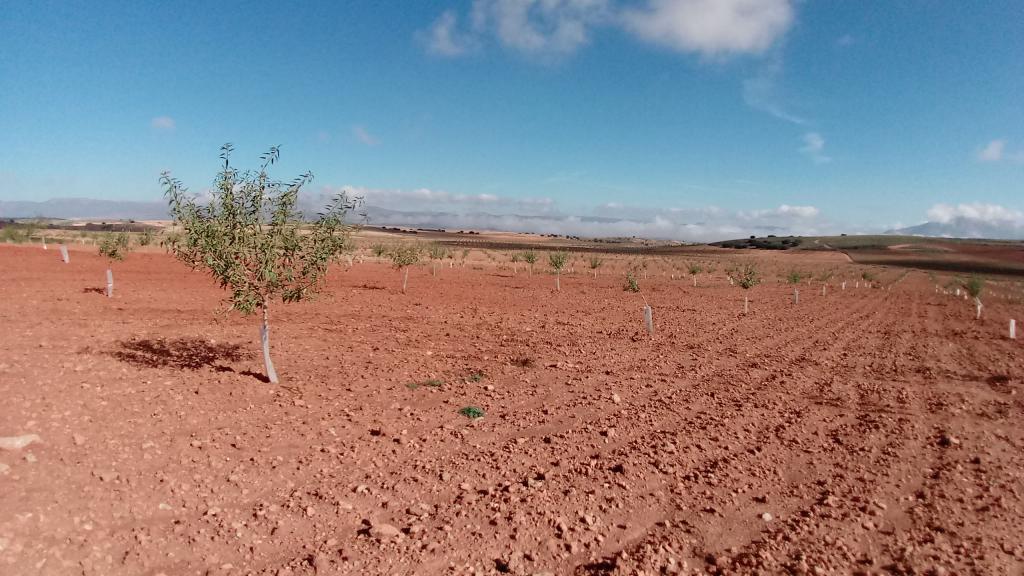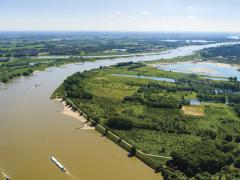Understanding land-use change conflict
The growing demand for food, water, and shelter change the way people use land and these changes have affected or even caused conflicts in several locations. However, conflicts do not erupt in isolation; they are the result of interacting immediate and underlying causes. This article presents a systematic review of studies that report on conflict related to land-use change, including deforestation in commodity frontiers, agricultural development on common land, and urban development.

Land-use change conflicts are the result of multiple interacting causes
Land-use changes can affect societies in numerous ways, the eruption of conflict being a rare outcome. This study shows that population growth, especially due to migration, the presence of overlapping land rights, ethnic fragmentation, economic inequality and corruption are the most important underlying causes linked to land-use change-related conflicts. Rising land prices is the most often reported immediate cause. Different intensity levels of conflict are linked to different immediate and underlying causes. Higher levels of conflict intensity are generally connected to the drivers of migration, governance issues and economic.
The study also provides insight into the processes through which land-use change can lead to conflict which can inform responses to conflict, as well as mitigating measures. However, conflict over land cannot and should not fully be prevented. At low levels of intensity, conflict sometimes offers the only way for suppressed or disadvantaged people to improve their own position, and to optimise the way in which land is divided and governed.
Authors
Specifications
- Publication title
- Understanding land-use change conflict
- Publication subtitle
- A systematic review of case studies
- Publication date
- 8 June 2021
- Publication type
- Article
- Page count
- 17
- Publication language
- English
- Magazine
- Journal of Land Use Science
- Product number
- 4052




